Barra Honda National Park
Barra Honda National Park is a veritable nugget for nature lovers and thrill-seeking explorers. Located in Costa Rica’s Guanacaste province, this unique park is home to a complex network of limestone caves, forming a veritable underground labyrinth. It mainly attracts caving enthusiasts. However, if you’re not a specialist, the park is accessible to all and well worth a visit. Birdwatchers and photographers are also rarely disappointed.
The park is part of Costa Rica’s national park network. It was created in 1974.
Discovering the Barra Honda caves
In the 1960s, a team of Czech speleologists, led by geologist Jaroslav Marek, set out to investigate the caves and caverns of the national park after hearing local rumors of a vast network of caverns beneath the park’s hillside. On their first exploration, they discovered the most famous cave in the network, the “Cueva Terciopelo” (Velvet Cave). Local legend has it that villagers avoided these caves because of the strange noises coming from within, believing them to be inhabited by spirits. Speleologists revealed that these mysterious sounds were in fact produced by the wind rushing through the caves, creating a kind of “natural music”.
This discovery attracted the attention of scientists and led to more in-depth expeditions, which mapped and understood much of Barra Honda’s underground network, now protected within the national park.
Area of the Barra Honda cave system
The Barra Honda caves form an underground network of limestone caverns spanning some 50 million years. This cave system is spread over an area of more than 5,000 hectares.
Although the park covers a vast area, all the underground caves have yet to be fully explored. To date, 42 caves have been discovered, but only a handful of them, such as the “Cueva Terciopelo” and the “Cueva La Trampa”, are accessible to visitors and open to the public.
Some of these caves reach depths of over 240 metres, making them one of the deepest cave systems in Central America.
Barra Honda, an underground treasure in Costa Rica
Cave formation
The Barra Honda caves date back to the end of the Cretaceous and Paleocene periods, i.e. 70 to 90 million years ago. They are former coral reefs that were exposed to the air as a result of tectonic movements.
The vertical entrances, somewhat difficult to negotiate, are an experience to be savored. Guides (obligatory) will take you on a tour of this magnificent underground world. Reservations are essential.
The deepest cave is 240 m and home to thousands of bats. In 1960, the first explorers thought they had discovered a volcano, so loud was the noise of the bats, but above all, the powerful smell of droppings resembled gas emissions.
Cave dimensions at Barra Honda
The 19 caves explored to date are all separated from one another. No communications have been discovered. The most interesting for their depth or natural decorations are Terciopelo (62 mt), Trampa (110 mt), Perico (21 mt), Pozo (110 mt), Pozo Hediondo (60 mt), Sima Ramón Canela (35 mt), Pozo de los Seis (220 mt), Santa Ana (240 mt) and Nicoya (30 mt).
Visit the caves at Barra Honda
Only two caves are open to the public: Terciopelo, whose access is more difficult, but whose three chambers are among the most beautiful on the site. However, this cave can be visited in complete safety, thanks to the National Park’s experienced guides.
La Cuevita, which has just one room but is open to visitors aged 12 and over, is recommended for the less physically fit. Both rooms feature spectacular stalagmites and stalactites.
The limestone formations, some of which are very rare, offer a fantastic spectacle, especially the white room, made of calcite, whose light is dazzling.
Hiking in Barra honda national park
Several paths lead to the various caves and through the dry tropical forest. A vantage point overlooks the Guanacaste plain at 423 m, offering views as far as the Gulf of Nicoya, Isla Chira and the surrounding hills. You can also enjoy beautiful hikes through the tropical dry forest.
Las Cuevas
- Distance: approx. 1.5 km round trip
- Difficulty: moderate
- Description: this trail is one of the most popular in the park, as it leads directly to the caves accessible to visitors, notably the “Cueva Terciopelo”. The trail passes through dry tropical forest, typical of the Guanacaste region, and offers breathtaking views of the surrounding valley. Along the way, hikers can spot various species of local fauna, such as howler monkeys, coatis, and a wide variety of birds. Once at the end of the trail, you’ll have the chance to descend into one of the caves, accompanied by an experienced guide.
Espavel
- Distance: approx. 2 km round trip
- Difficulty: easy to moderate
- Description: this trail is ideal for those wishing to explore the tropical dry forest without too much effort. It offers a beautiful walk through dense vegetation, with plenty of opportunities for wildlife observation. The trail is named after the Espavel tree (Anacardium excelsum), common in the region. It’s an excellent choice for families or novice hikers who want to enjoy nature without committing to a strenuous hike.
La Cascada
- Distance: approx. 3 km round trip
- Difficulty: moderate to difficult
- Description: this more demanding route takes you to a small waterfall hidden deep in the forest. Although the waterfall is generally dry during the dry season, the trail is still a beautiful hike through varied and sometimes rugged terrain. It is recommended to do this hike during the rainy season to have a chance of seeing the waterfall in action.
Los Miradores
- Distance: approx. 4 km round trip
- Difficulty: moderate
- Description: this trail takes you through sections of dry forest to several spectacular vantage points overlooking the Tempisque Valley, the Pacific coast, and even the Nicoya Peninsula on a clear day. It’s an ideal hike for photography enthusiasts and those wishing to see superb panoramas. The trail is also an excellent opportunity to observe wildlife, particularly birds and monkeys.
Sendero del Mirador
- Distance: approx. 1.2 km round trip
- Difficulty: easy
- Description: this short walk leads to an exceptional vantage point where you can enjoy panoramic views of the Gulf of Nicoya and surrounding mountains. It’s an easy trail, accessible to most visitors, and is perfect for a short excursion. The trail is often used for late-day hikes to enjoy the sunset.
The fauna
You’re sure to come across iguanas, coatis, anteaters, raccoons, capuchin monkeys and howler monkeys. Also coyotes, ocelots, jaguarondis, pumas, white-tailed deer, peccaries…
Birdwatchers will be delighted, with thousands of birds. Barra Honda Park is located close to Palo Verde Park, a wetland area, and the Tempisque, the region’s great river. The most easily observed species are the guan egret, great blue heron, little egret, cattle egret, grey hawk, peregrine falcon, orange-fronted conure, white-fronted Amazon, Guatemalan screech-owl, cinnamon ariana, motmot, light-billed woodpecker, white-faced jay, chignole sparrow, scarlet macaw and northern caracara.
The flora
The trees are mainly jobo el ron-ron (Astronium graveolens), el tempisque or ironwood, el laurel or laurel tree, el indio desnudo or red gum tree, el guachipelín (Diphysa americana), el cenizaro or samanea, el guanacaste, el roble de sabana, el corteza amarilla, el pochote, el cocobolo, el cedro amargo, el ceibo and so on.
However, due to a lack of resources, the park’s flora and fauna have not yet been precisely defined.
This is one of the few parks where camping is permitted.
Very little visited, we recommend the detour, as it combines caving, hiking and birdwatching. The tour takes around four hours, and a good level of fitness is essential.
Our advice for visiting Barra Honda National Park?
The best time to visit Barra Honda Park is during the dry months of December to April. May and June see the first rains, but also cool the atmosphere considerably. However, we advise you to avoid periods that are too hot for hiking in the park. Indeed, it’s not uncommon in April for temperatures to reach over 38 degrees.
It’s essential to go to Barra Honda Park and make the most of your Costa Rica self-drive tour. Indeed, group visits can be lengthy, and those wishing to do a few trails will be frustrated.
Entrance fee: $12 per person
Park opening hours:
– 8:00 a.m to 4 p.m. for the outdoor part
– 8:00 a.m. to 1:00 p.m. for caves and caverns
Like the Braulio Carillo National Park in Costa Rica, Barra Honda is a little-visited park. It’s quite far from the major tourist centers and, as a result, attracts fewer visitors. If you like off-the-beaten-track discoveries, then this is certainly an excellent option for a visit.

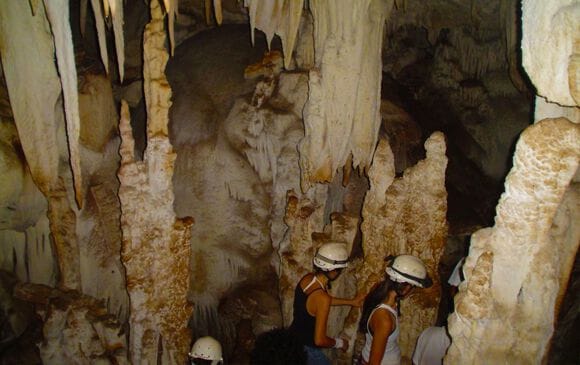
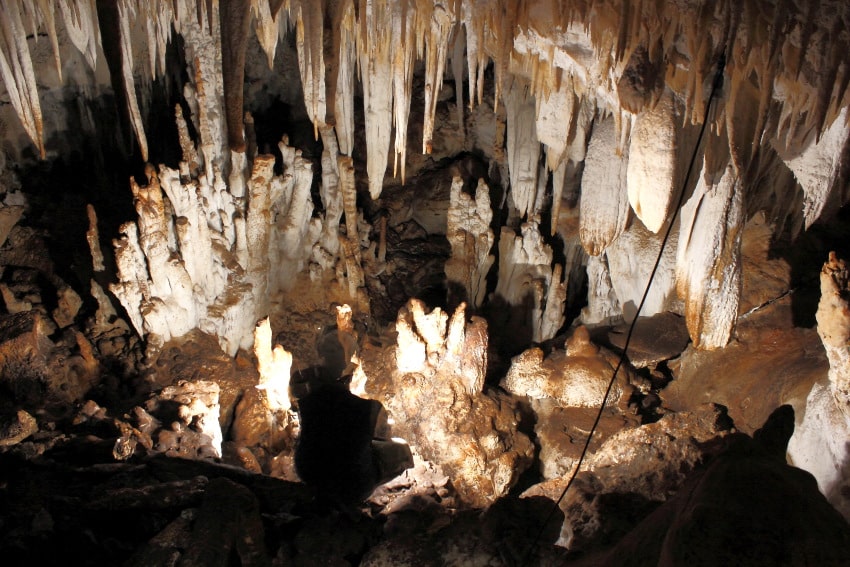

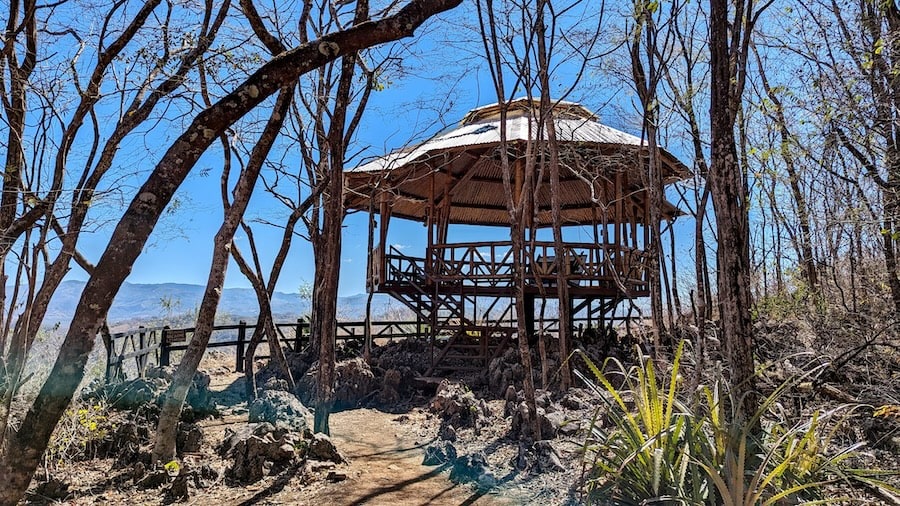
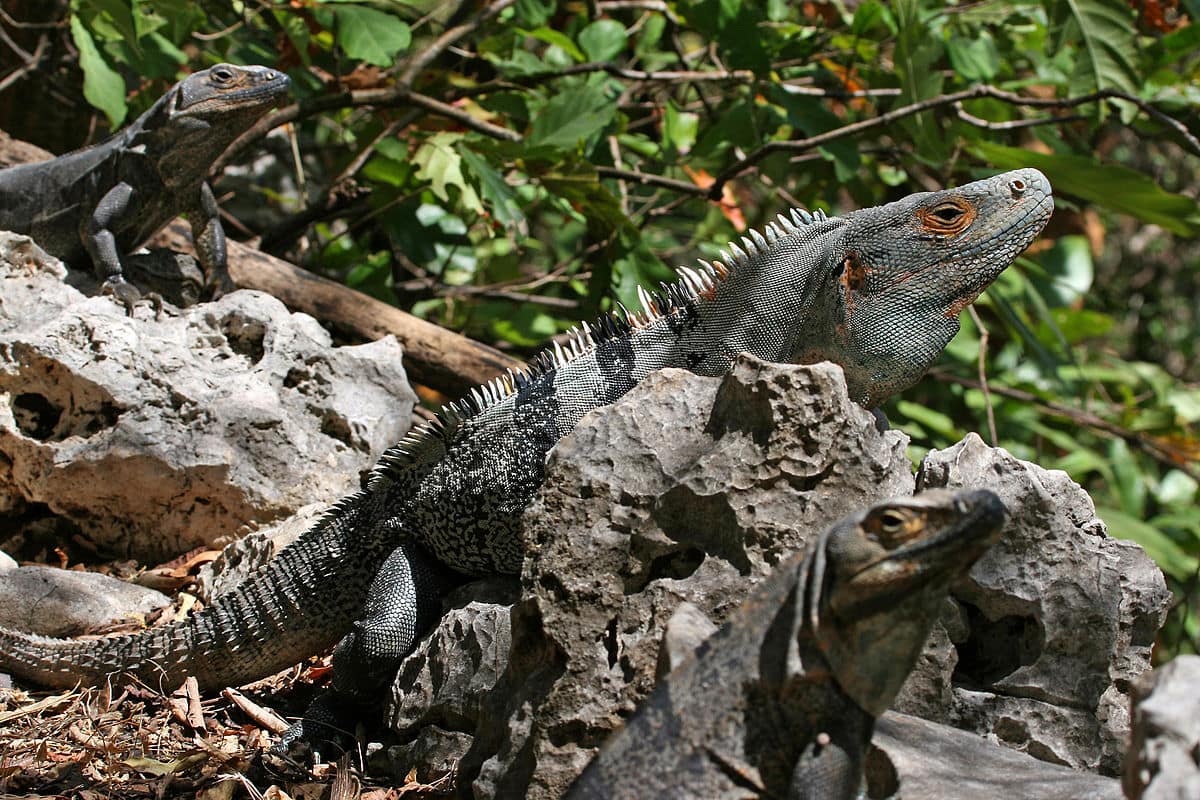

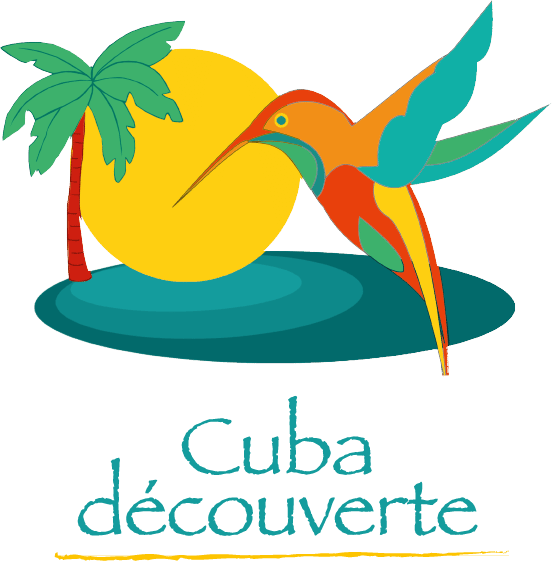
No comment regarding « Barra Honda National Park »